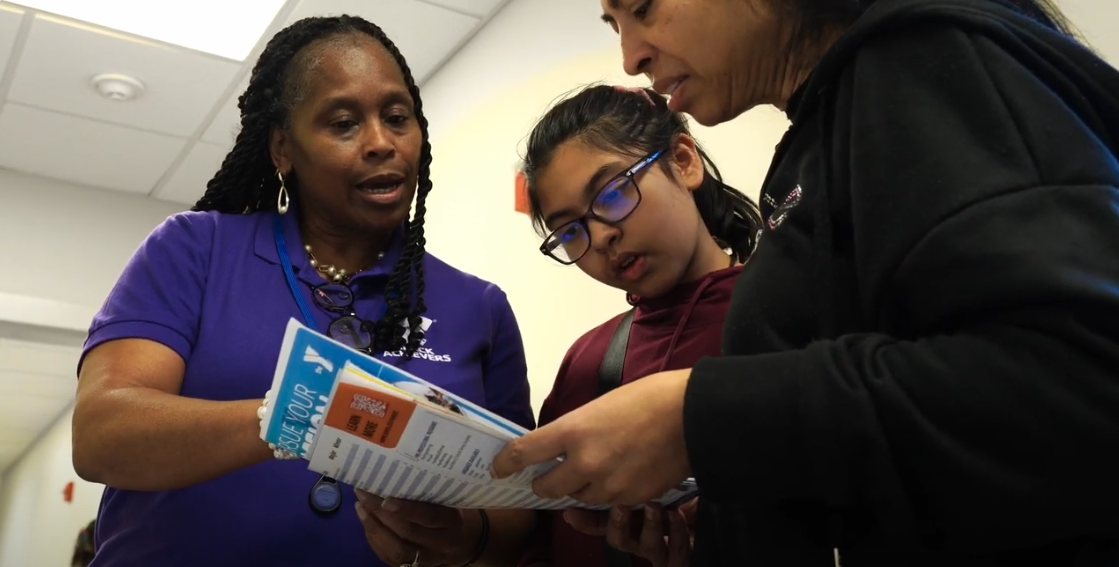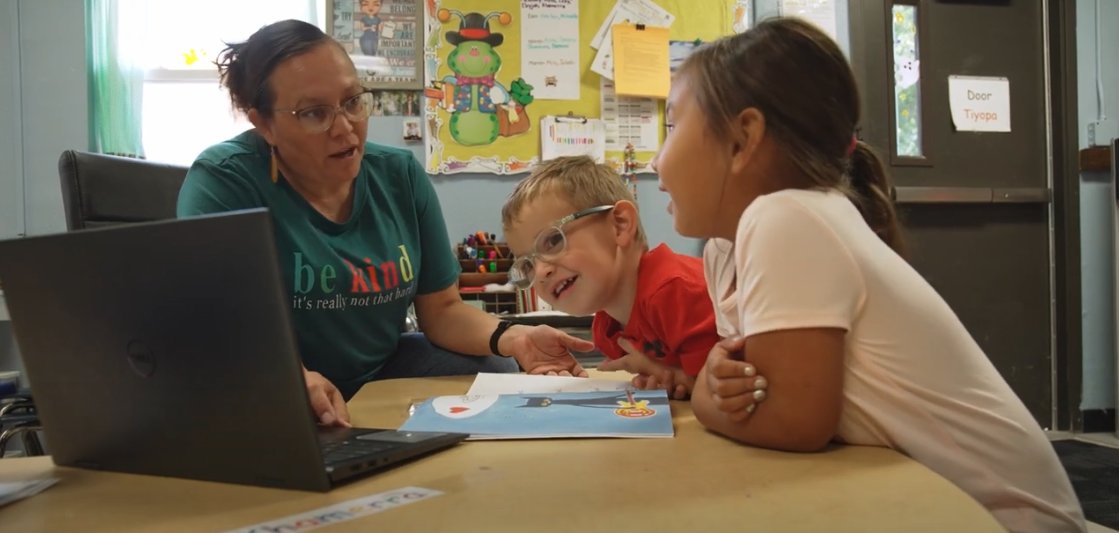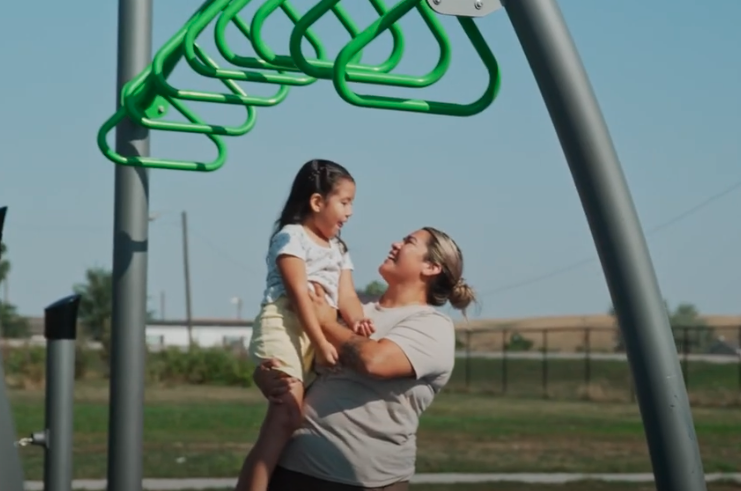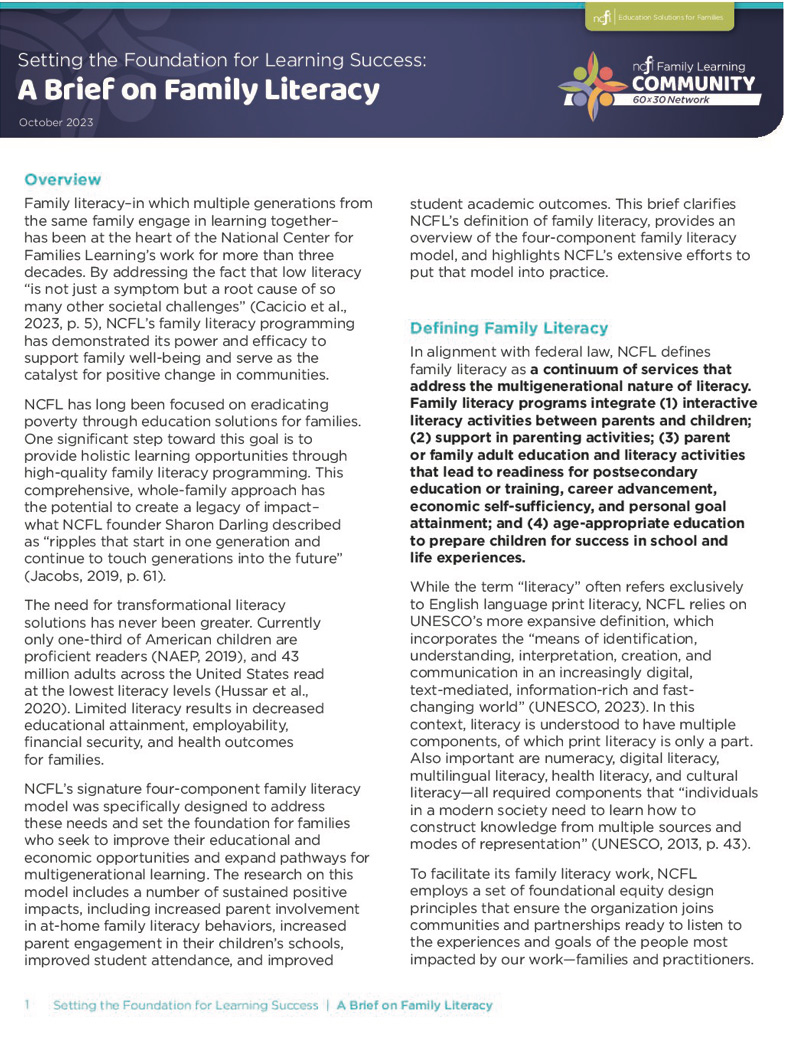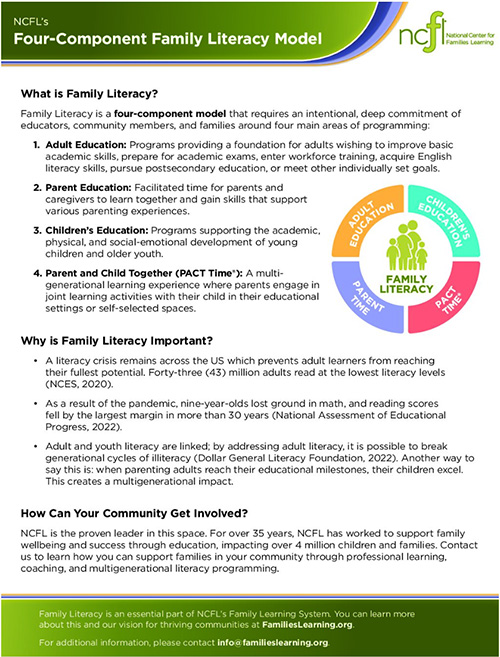Family Literacy
Family Literacy at a Glance
Family literacy is a four-component model that requires an intentional, deep commitment of educators, community members, and families around four main areas of programming:
- Adult Education: Programs providing a foundation for adults wishing to improve basic academic skills, prepare for academic exams, enter workforce training, acquire English literacy skills, pursue postsecondary education, or meet other individually set goals.
- Parent Education: Facilitated time for parents and caregivers to learn together and gain skills that support various parenting experiences.
- Children’s Education: Programs supporting the academic, physical, and social-emotional development of young children and older youth.
- Parent and Child Together (PACT) Time®: A multi-generational learning experience where parents engage in joint learning activities with their child in their educational settings or self-selected spaces.
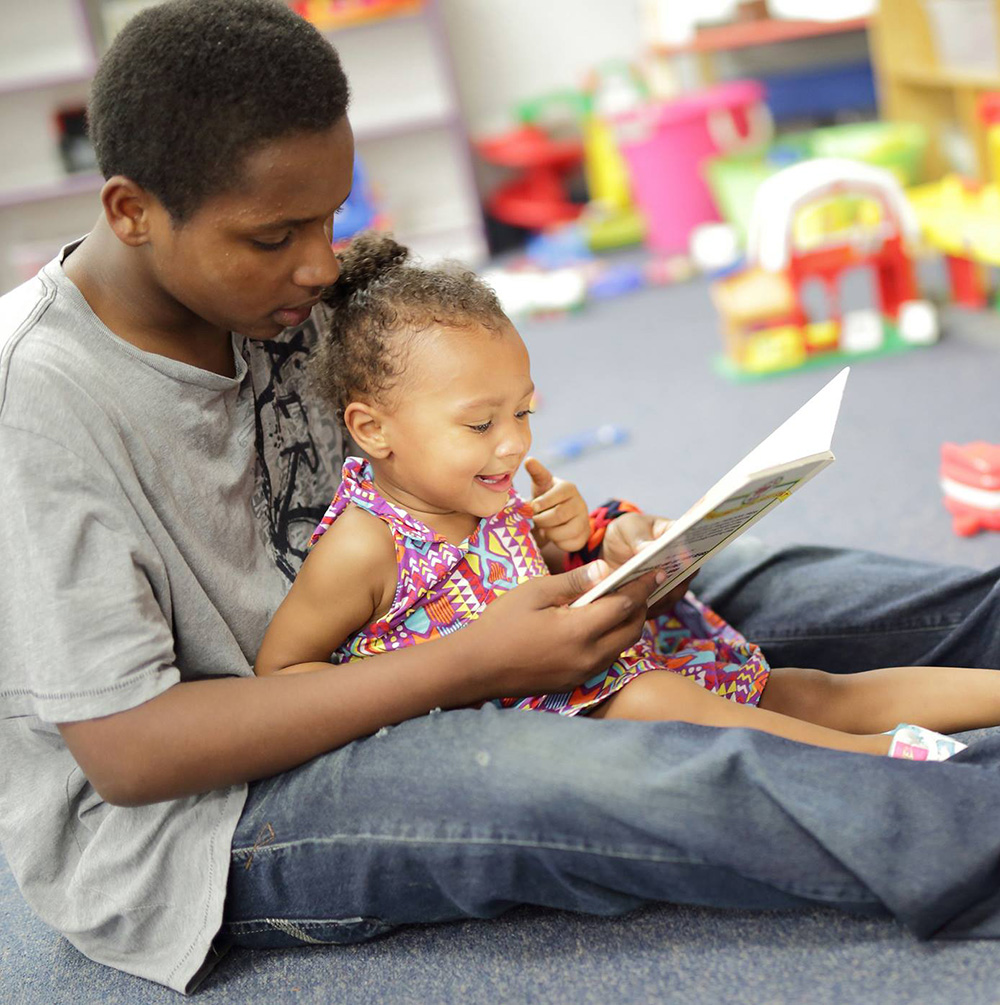
Impact
1
90% of parenting adults made progress towards their adult ed and workforce goals
2
Builds parenting adults’ understanding of the importance of schooling and leads to greater self-confidence as learners and caregivers
3
Parenting adults enrolled in family literacy demonstrate higher proficiency gains than those enrolled solely in adult ed
Unique Features
- All four components work in relationship with each other and are integrated to drive outcomes for children and parenting adults.
- Community partners have access to NCFL’s monthly national family literacy professional learning community.
- NCFL facilitates an asset-mapping process that highlights existing programs that could further support families and mobilizes partners to address community-specific challenges.
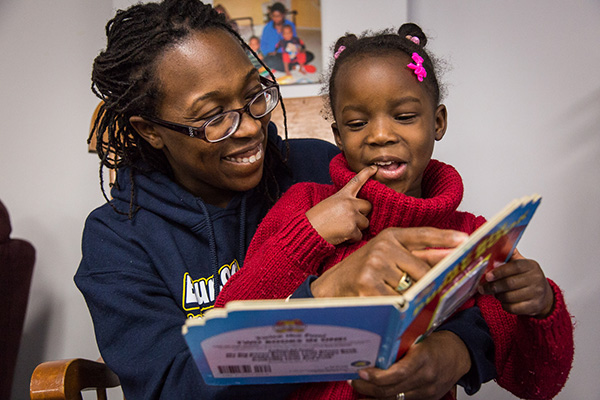
Digital Resources
Explore the videos below to discover how family literacy benefits families, school districts, and communities.
Print Resources
Learn more about the family literacy model through the resources below.
